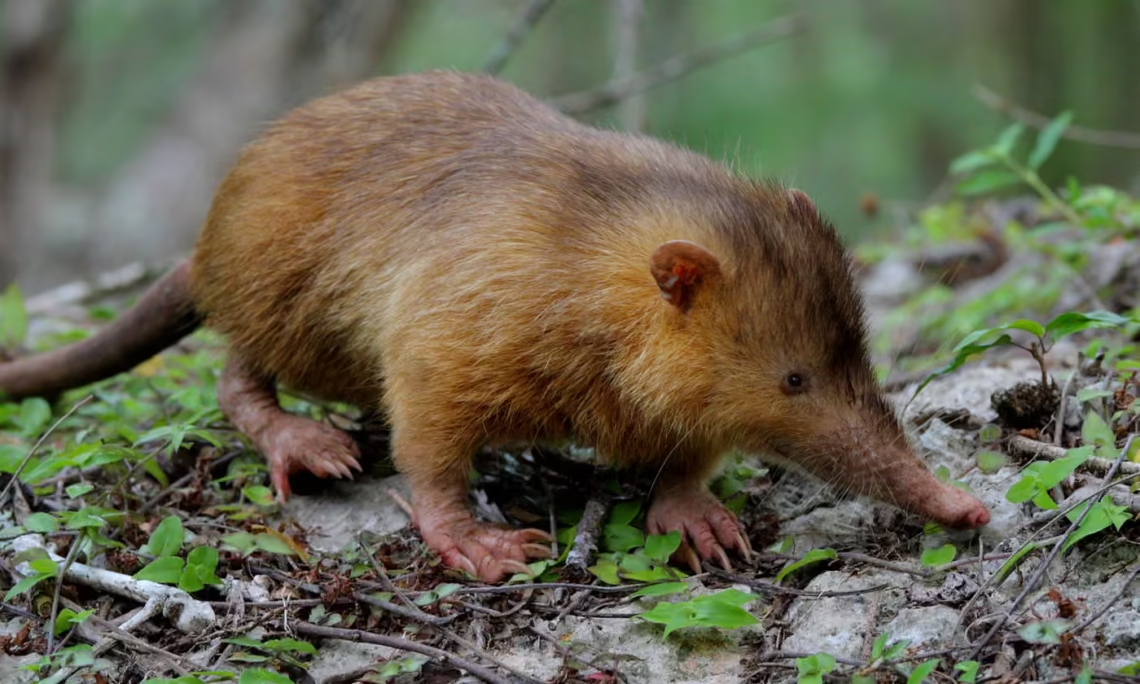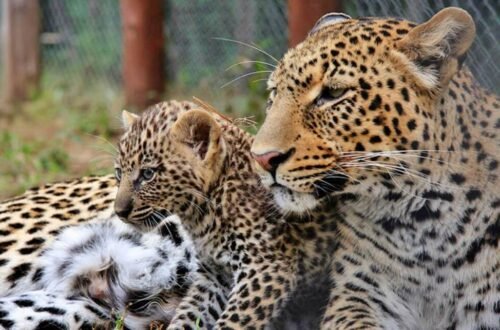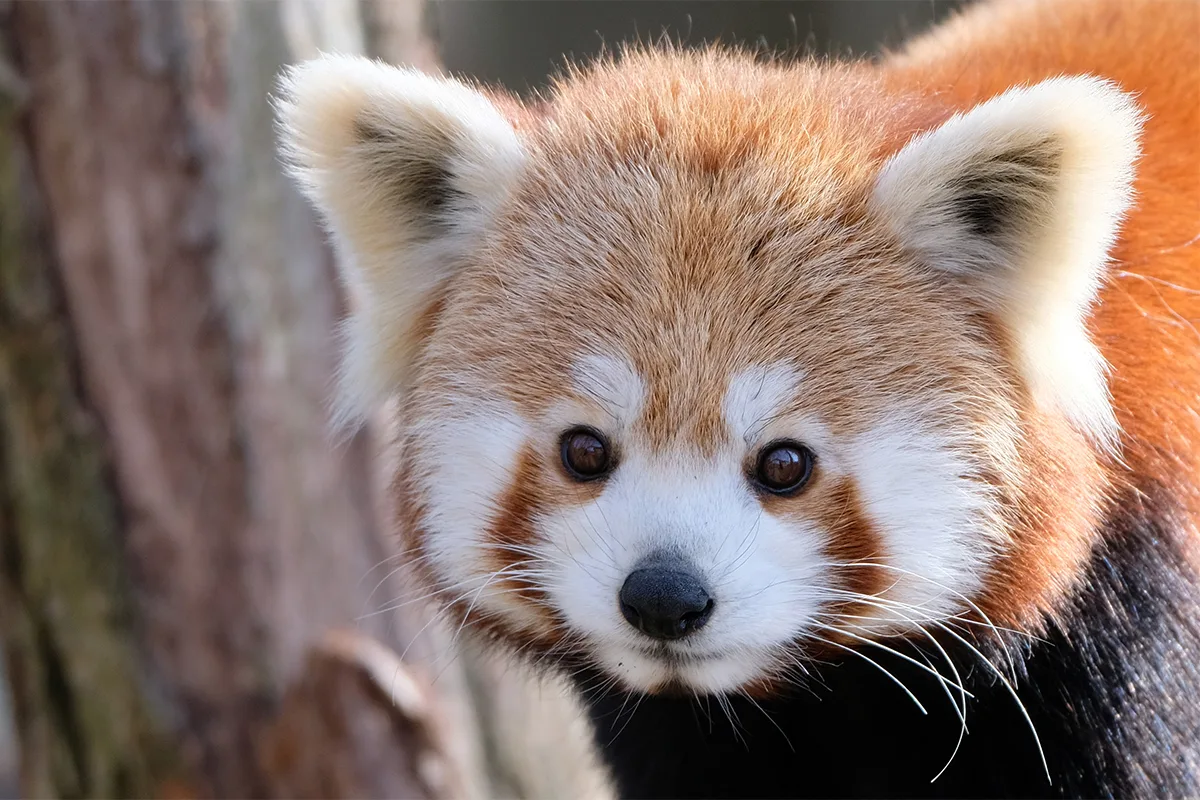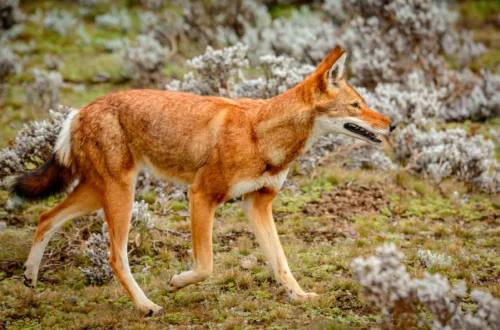Why Are We Obsessed with Cute Animals?
We’ve all seen the heart-melting photos: a fluffy panda cub tumbling down a hill, a wide-eyed baby seal gazing at the camera, or a koala clinging to a tree. These images flood social media, tug at our emotions, and often spark a wave of donations to conservation campaigns. But here’s the thing—our obsession with “cute” animals might be skewing our efforts to save biodiversity. While pandas and polar bears get all the love, countless other species, often less photogenic, are quietly slipping toward extinction.
The Cute Animal Bias
What Is the Cute Animal Bias?
The cute animal bias is our tendency to prioritize species that look adorable or charismatic over those that don’t. Think of it as nature’s version of a popularity contest. Animals with big eyes, soft fur, or playful behaviors—like otters or red pandas—grab our attention and wallets, while less appealing creatures, like the blobfish or the aye-aye, struggle to get noticed. This bias shapes conservation funding, media coverage, and even scientific research.
How Does It Affect Conservation?
This focus on cuteness distorts conservation priorities. According to the International Union for Conservation of Nature (IUCN), over 42,100 species are currently threatened with extinction, yet only a fraction—often the most charismatic—receive significant attention. For example, in 2022, WWF reported that 80% of its fundraising visuals featured just 10 species, including pandas, tigers, and elephants. Meanwhile, less “marketable” species, like amphibians or insects, often get ignored, despite their critical roles in ecosystems.
The Consequences of Prioritizing Cuteness
Ecosystems Out of Balance
When we pour resources into saving a handful of cute species, we risk neglecting entire ecosystems. For instance, saving a single polar bear might feel like a win, but what about the Arctic food web it depends on? Tiny krill, not exactly poster-child material, are vital to that system. If krill populations collapse, so do the species that rely on them, including those adorable bears. Focusing only on charismatic megafauna can destabilize the delicate balance of nature.
Missed Opportunities for Broader Impact
Conservation dollars are finite. Every dollar spent on a high-profile species like a panda could fund efforts for dozens of less glamorous but equally endangered species. For example, the EDGE of Existence program, run by the Zoological Society of London, highlights “evolutionarily distinct and globally endangered” species—like the solenodon, a venomous mammal with 76 million years of evolutionary history. These species often have fewer close relatives, making their loss a bigger blow to biodiversity. Yet, they rarely make it onto fundraising calendars.
A New Way to Think About Conservation
What Is the EDGE Metric?
The EDGE metric, which stands for “Evolutionarily Distinct and Globally Endangered,” offers a smarter way to prioritize conservation. Developed in 2007 and updated in 2023 as EDGE2, it ranks species based on their evolutionary uniqueness and endangerment level. High EDGE scores go to species like the mountain pygmy possum or the Madagascar blind snake—creatures that are both rare and represent significant branches of the evolutionary tree. This approach ensures we’re not just saving the cute, but preserving life’s diversity.
Why Evolutionary Distinctiveness Matters
Imagine Earth’s biodiversity as a library of unique books. Each species is a one-of-a-kind volume, and losing one is like burning a book with no copies. Evolutionarily distinct species, like the long-eared gymnure, are rare tomes with stories stretching back millions of years. Protecting them safeguards genetic diversity, which can lead to breakthroughs in medicine, agriculture, or ecosystem resilience. For instance, studies on venomous solenodons have revealed compounds with potential medical applications.
Real Stories from the Field
The Ugly Duckling of Conservation
I once met a biologist at a conference who worked on the conservation of the purple frog, a bulbous, mud-dwelling amphibian from India. “It’s no panda,” she laughed, showing me a photo of the frog’s slimy, wrinkled face. Her team struggled to secure funding because, frankly, the purple frog wasn’t winning any beauty contests. Yet, this species, which diverged from other frogs 130 million years ago, is a living fossil. Losing it would erase a unique chapter of evolutionary history. Her story stuck with me—it’s a reminder that every species has a tale worth telling.
The Power of Reframing
On the flip side, some conservationists have found ways to make “ugly” species relatable. Take the blobfish, often mocked as the world’s ugliest animal. In 2013, the Ugly Animal Preservation Society named it their mascot, using humor to draw attention to its plight. By leaning into its quirks—calling it the “world’s most misunderstood fish”—they raised awareness and funds. This shows that with creative storytelling, even the least cuddly creatures can capture hearts.
Comparing Conservation Strategies
| Strategy | Focus | Pros | Cons |
|---|---|---|---|
| Cute Animal Focus | Charismatic megafauna (e.g., pandas, tigers) | High public engagement, easy to fundraise | Neglects less appealing species, ecosystem imbalance |
| EDGE Metric | Evolutionarily distinct species | Preserves genetic diversity, science-driven | Harder to market, less public appeal |
| Ecosystem-Based | Entire habitats (e.g., wetlands, coral reefs) | Holistic, supports multiple species | Resource-intensive, complex to implement |
Cute vs. EDGE: A Closer Look
The cute animal approach excels at rallying public support. Who can resist a baby elephant? But it often leads to what conservationists call “single-species syndrome,” where one animal hogs resources while others languish. The EDGE metric, by contrast, is more equitable but struggles with public relatability. For example, a campaign for the mountain pygmy possum might not go viral like one for a polar bear. Ecosystem-based conservation, while ideal, requires massive coordination and funding—think protecting an entire rainforest versus one tiger. Each has trade-offs, but blending them could maximize impact.
Pros and Cons of Moving Beyond Cute Animals
Pros
- Broader Impact: Prioritizing evolutionary distinctiveness saves unique genetic material, benefiting ecosystems and science.
- Fairness: Gives overlooked species, like amphibians or reptiles, a fighting chance.
- Long-Term Resilience: Diverse species pools strengthen ecosystems against climate change and other threats.
Cons
- Funding Challenges: Less charismatic species are harder to market to donors.
- Public Disconnect: People may not feel emotionally attached to a “weird” animal like a solenodon.
- Complexity: Requires educating the public on why less cute species matter.
Tools and Resources for Smarter Conservation
Best Tools for Supporting Diverse Conservation
If you’re inspired to support a broader range of species, here are some tools and platforms to explore:
- EDGE of Existence Website: Learn about high-priority species and donate directly to their conservation. (edgeofexistence.org)
- IUCN Red List: A comprehensive database to explore threatened species and their status. (iucnredlist.org)
- Zooniverse: Participate in citizen science projects to help researchers track overlooked species. (zooniverse.org)
- Global Biodiversity Information Facility (GBIF): Access open-source data on species diversity to stay informed. (gbif.org)
Where to Get Involved
Want to make a difference? Start locally. Volunteer with a nearby wildlife trust or join a citizen science project to monitor local species, like frogs or bats. If you’re looking globally, organizations like the Zoological Society of London or Conservation International offer ways to donate or advocate for less charismatic species. Even sharing a post about an “ugly” animal on social media can spark curiosity and awareness.
People Also Ask (PAA) Section
What animals are most endangered but ignored?
Many endangered species fly under the radar because they lack the “cute” factor. Examples include the vaquita (a tiny porpoise), the saola (an antelope-like mammal), and the Kakapo (a flightless parrot). These species score high on the EDGE metric due to their evolutionary uniqueness but struggle for attention compared to pandas or tigers.
Why do we focus on saving cute animals?
Humans are wired to respond to animals with baby-like features—big eyes, round faces, and small bodies. This “cute response” triggers empathy and motivates action, which conservation groups leverage for fundraising. However, this bias often overshadows species that are less visually appealing but equally important.
How can I help save less popular species?
You can help by supporting organizations like the EDGE of Existence program or donating to local conservation groups focused on overlooked species. Volunteering for habitat restoration projects or spreading awareness about unique species on social media also makes a difference. Every small action counts!
What is the EDGE metric in conservation?
The EDGE metric prioritizes species that are both evolutionarily distinct (few close relatives) and globally endangered. It helps conservationists focus on species like the Madagascar blind snake or the mountain pygmy possum, which represent significant evolutionary history and face high extinction risks.
FAQ Section
Why do cute animals get more conservation funding?
Cute animals trigger an emotional response, making them easier to market. People are more likely to donate to a campaign featuring a fluffy panda than a scaly pangolin. This emotional pull drives funding but skews priorities away from less charismatic species.
How does the EDGE metric work?
The EDGE metric combines two factors: evolutionary distinctiveness (how unique a species is) and endangerment level (how close it is to extinction). Species with high EDGE scores, like the long-eared gymnure, are prioritized because their loss would erase significant evolutionary history.
Can focusing on ecosystems instead of species help?
Yes, ecosystem-based conservation protects entire habitats, benefiting multiple species at once. For example, preserving a wetland saves not just the cute otters but also the insects, plants, and fish that sustain the ecosystem. It’s a holistic approach but requires more resources.
What are some examples of overlooked species?
Overlooked species include the purple frog, the solenodon, and the Madagascar blind snake. These animals are evolutionarily unique but lack the visual appeal of charismatic megafauna, making them harder to fundraise for despite their ecological importance.
How can I learn more about biodiversity conservation?
Check out resources like the IUCN Red List, EDGE of Existence, or Conservation International’s websites. You can also join citizen science projects on platforms like Zooniverse or attend local wildlife workshops to deepen your understanding and get involved.
A Call to Rethink Our Priorities
Let’s be honest: it’s easy to fall for a fluffy panda or a majestic tiger. But the next time you see a viral photo of a cute animal, pause and think—what about the weird, the warty, the overlooked? The purple frog hiding in the mud or the solenodon scurrying through the Caribbean night deserves a chance, too. By embracing tools like the EDGE metric and supporting ecosystem-based conservation, we can move beyond our cute animal bias and make a real dent in the biodiversity crisis.
Picture this: a world where we celebrate the quirky, the slimy, and the strange as much as the cuddly. It’s not just about saving animals—it’s about saving the incredible tapestry of life that makes our planet unique. So, let’s stop saving only cute animals and start saving the ones that need us most. Your next donation, share, or volunteer hour could be the lifeline for a species that’s been waiting in the wings.





